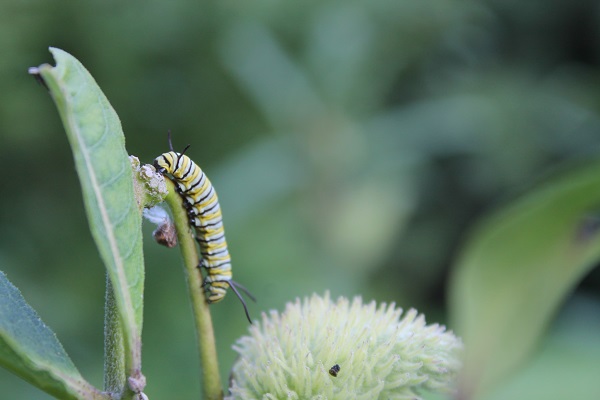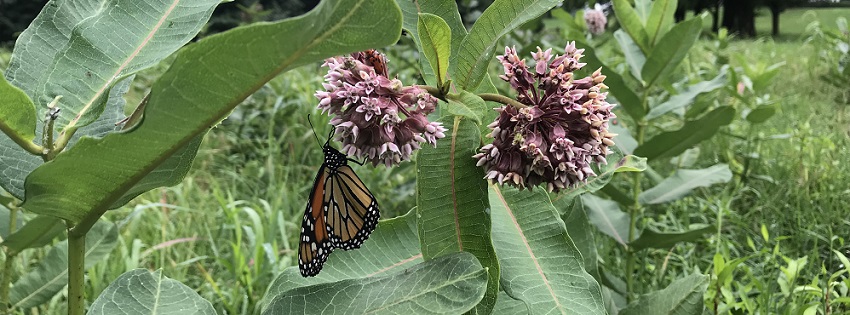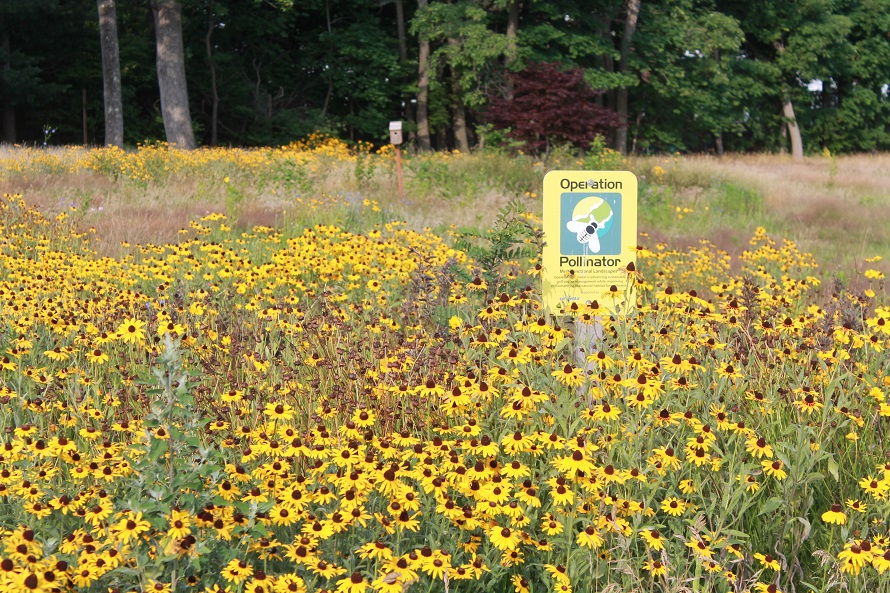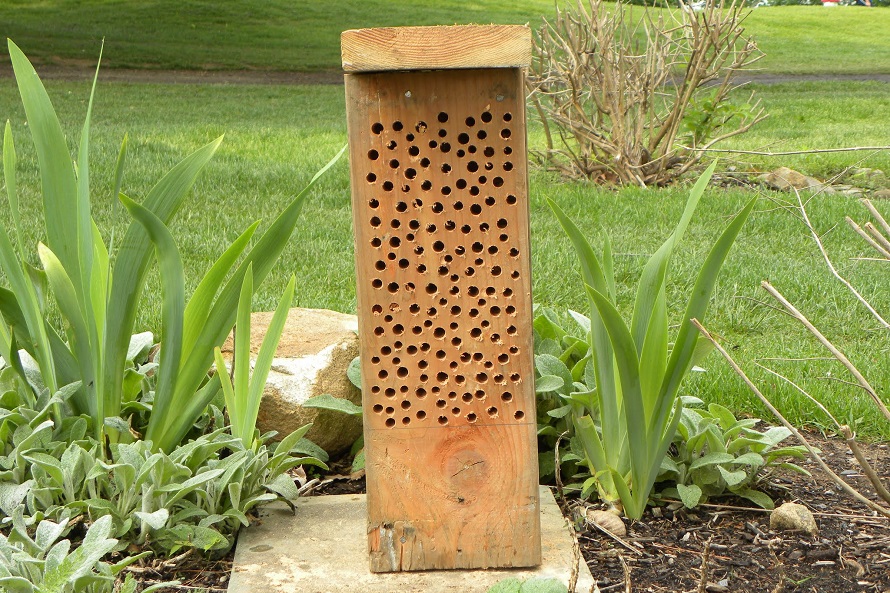 Our stand alone publication, Best Management Practices for Pollinators on New York State Golf Courses, has been revised and republished, now available for on-line reading as a flip book: https://nygcf.com/nysgolfbmp_com/nys_pollinator_bmps_2019/.
Our stand alone publication, Best Management Practices for Pollinators on New York State Golf Courses, has been revised and republished, now available for on-line reading as a flip book: https://nygcf.com/nysgolfbmp_com/nys_pollinator_bmps_2019/.
Over 400 wild species of pollinators inhabit New York State. Golf courses, especially in developed areas, can provide significant areas of habitat to support these species and domesticated honey bees as well. This publication contains the information superintendents need to protect pollinators while responsibly using pesticides to meet their needs and guidance on providing habitat to support healthy pollinator populations.




